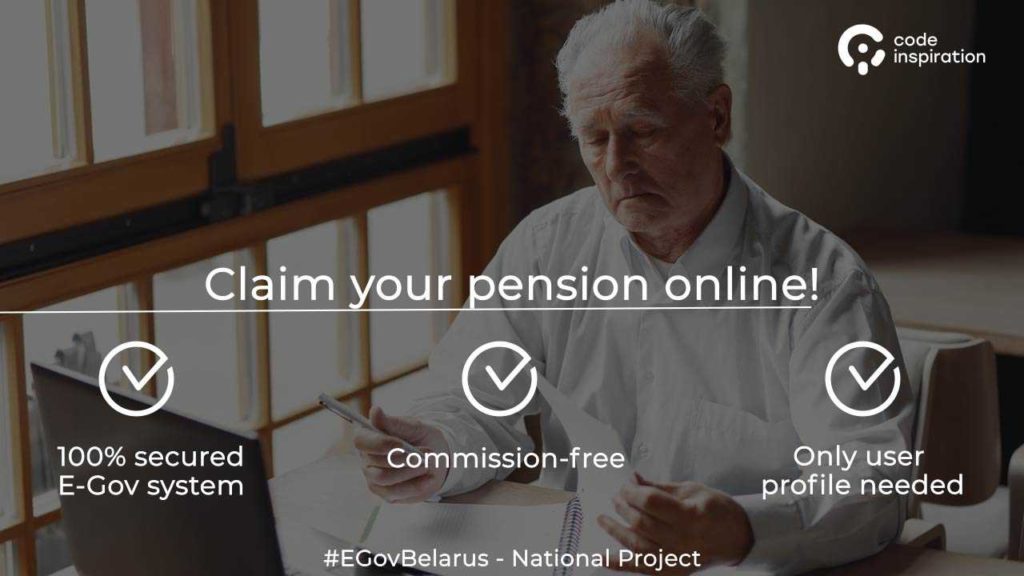E-Government examples
The author of the article is a global digital transformation to E-Government optimist. He is of the opinion that the majority of today’s challenges can be solved by means of creating a comprehensive single E-Government system so that all the citizens could use it for any affairs, be it booking a visit to a doctor, hiring process, business registration etc.
Today we continue our E-Government services development predictions and will try to describe how the process of award of pension will look like. On the assumption that the E-Government system has been created in a country.
How digital pension award E-Government service should work
Let’s begin with the understanding of the main task of the system: to register pension to this or that citizen right after the conditions for receiving a pension established by law are fulfilled. Usually these conditions mean certain retirement age as well as pensionable service – time in employment. So, the E-Government segment for pensions should be developed in a way that right after a citizen fulfills the conditions, a pension will be registered in a system automatically. Actually, registration of pension is not a continuous process, it is a once off action – an algorithm of processing citizen’s data, validation of his/her age and calculation of sum for pension’s payment on the basis of work records, total sum of pension contribution paid, etc.
What should take place:
- A person gets a notification from the E-gov system. This notification is considered to be an official one.
- With a notification, a person gets a comprehensive report – full work record with calculations.
- An indication of the sum calculated.
- Mentioning of rights a person has.
- Possibility to ask for recalculation. For instance, if the created E-Government system implied manual transfer of data from paper records to a digital format, entering data mistakes may occur. A person can submit a request with an explanation of work records not mentioned in the report.
- A request of a person’s decision, what bank account to send pension to, or maybe send part of the sum directly to relatives, or maybe an organization a person wants to support.
- A system should update plenty of E-Government statistics, such as Total Number of pensioners, Number of working pensioners, Amount of pension payments required etc. This data will be extremely useful for government authorities – they can take administrative decisions on the basis of data instead of personal experience, enabling a data-driven approach to decision-making.
In the article about the digital hiring process we wrote that creating an E-Government system will make it possible to track all labor relations automatically. Thus, here we have citizens’ work records for further registration of a work pension.
There is also such a type as disability pension. This pension is awarded on the basis of a medical panel decision. This process is about how the E-Government Healthcare segment should work and maybe we will describe this process in our future articles. But talking about digital pension E-Gov system and award of a disability pension the system should also be capable of performing it. It should consider getting information from the Healthcare E-Gov segment as a trigger to launch an algorithm described above. So, the algorithm is the same as described, just the reasons for pension registration vary.
We understand that most likely in some digitally advanced countries the E-Gov system for digital registration of pension is already created and is used actively. Anyway, there are still many countries where digital transformation to E-Government hasn’t even started.
By the way, here is our vision how an advertisement banner of such a system could be:  In our opinion, this simple banner explains a possibility to claim the pension online with no need to visit a pension fund offline office and deal with paperwork. It explains also that a citizen simply needs to create an account in the E-Gov system to claim pension.
In our opinion, this simple banner explains a possibility to claim the pension online with no need to visit a pension fund offline office and deal with paperwork. It explains also that a citizen simply needs to create an account in the E-Gov system to claim pension.
